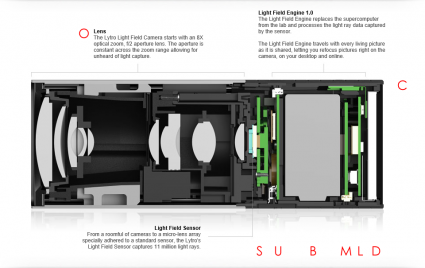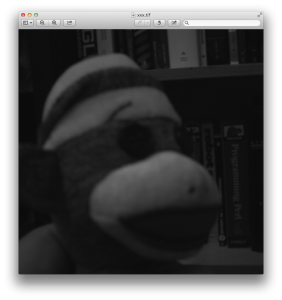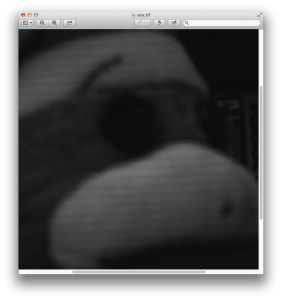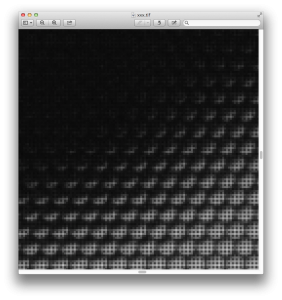I was originally licensed under the callsign KF6KYI (Kenwood-Yaesu-Icom, or what I prefer, Kiss Your Iguana) but when I upgraded to Extra a few years back, I dug around and was lucky enough to snag the callsign K6HX (missed out on getting the highly desirable K6TT, which would have been AWESOME). I never really gave it much thought. I remember looking up the history of the call, and finding that it was previously held by something called the “Lew Stoner Memorial DX Club”, with Donald Stoner, W6TNS listed as the club trustee. Both his call and the club call (along with a second one called the Lew Stoner Memorial DX Club East W8IMS) had expired, so I hypothesized that this gentleman had become a silent key, and nobody had stepped forward to claim his call or renew the club calls.
Tonight, I dug a little deeper, and found something interesting that I did not know.
No doubt some of you are familiar with Don. He is perhaps most famous for being the guy who first dreamed of the OSCAR: which stood for Orbiting Satellite Carrying Amateur Radio. He laid out a vision for the program in a February, 1961 article for QST magazine (if you are a member of the ARRL, you can download a copy). In it, he lays out the vision of a satellite beacon, and a later satellite repeater that could be operated and worked by radio amateurs on the 2m band. It’s a very cool article, and of course now 50+ years later, amateurs achieved all he dreamed of and more. In it, he mentions that he would publish the circuit for a beacon transmitter that could be built by amateurs for “less than $15”, but as near as I can tell, that article was never published.
But digging around a bit more, I found that Michael Rainey, AA1TJ, had posted an interesting article referring to a 1959 article by Don which detailed the circuit that was used by Vanguard 1. Michael has done a ton of cool stuff with old, vintage transistors, and details in his article a recreation of the original beacon circuit, which he cribbed from a 1959 article by, you guessed it, Don Stoner.
I was not able to find any references to “Lew Stoner” or to any activities by the DX Club which bears his name. Does anyone else know any more information?




